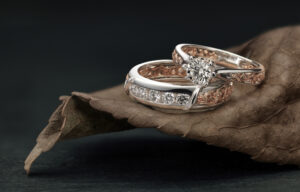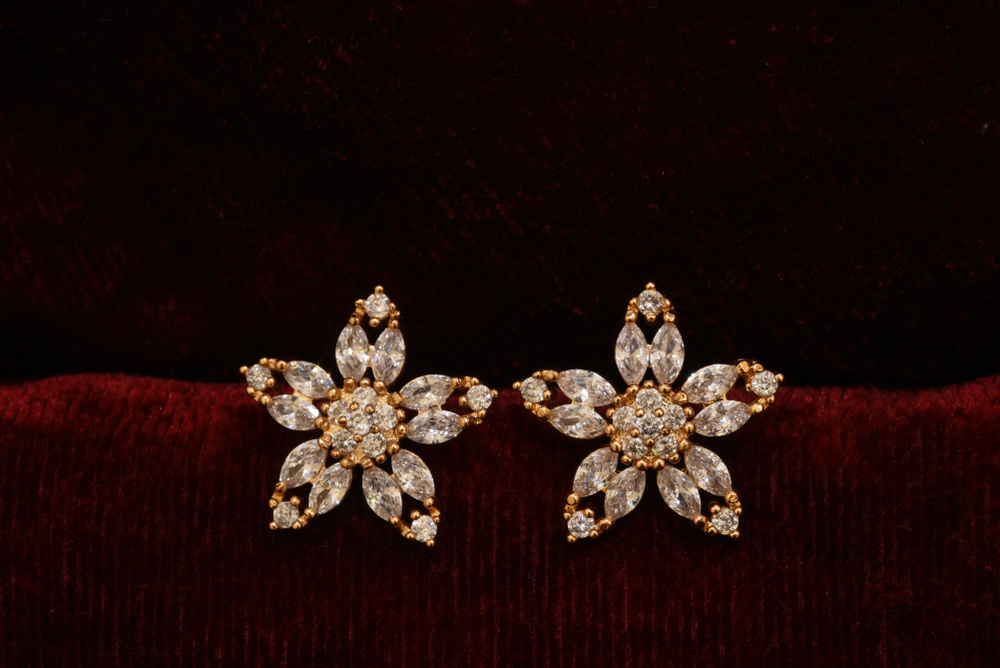
Many basics of diamonds apply to all types of diamonds, but some special properties apply to only colored diamonds. Fancy-colored diamonds are not very popular as engagement ring diamonds, because of their higher price and rarity. Fancy-colored diamond rings are exceptionally beautiful, but they are also very expensive. In this article, we are discussing fancy white diamonds and the things to take care of when you buy them. First, let us discuss what fancy white diamonds are and how they form.
About White Diamonds
There are a lot of fancy colored diamonds and fancy white is one among them. They are also known by another name called opalescent diamonds. Many people and even expert jewelers use the term white diamonds to refer to colorless diamonds. But fancy white diamonds are not colorless. They have an opaque white color and the color grades used with fancy white diamonds are different from colorless diamonds. Colorless diamonds use a color grade ranging from D to Z, where D is the proper colorless grade and grade Z is a heavily tinted color. Fancy colored diamonds fall outside this scale and so do fancy white diamonds.
White is the sum of all colors; it does not appear on the color spectrum, so opalescent diamonds can be considered a natural phenomenon of colored diamonds. Fancy white diamonds consist of countless microscopic inclusions and these inclusions can scatter light going through the diamond. The scattering of light is the reason for the opaque white color of the diamond. The reason for this property of the inclusions is still unknown, but experts believe that the presence of nitrogen traces is the reason. Fancy white diamonds are incredibly rare. The Panna mine in India is a mine where white diamonds were found earlier.
Evaluating The Color Of Fancy White Diamonds

Fancy white diamonds are diamonds that belong to the fancy colored diamonds family. For this reason, they are provided with a Colored Diamond Grading (CDG) report. But the major problem with white diamonds is that it is opaque. Due to this property, many tests done to determine the grades of colored diamonds cannot be done on white diamonds. This is why many white diamonds are provided with an origin report and Colored Diamond Identification instead of a CDG report. According to GIA, among all the white diamonds that are submitted for the CDG report, only 30% obtain them.
